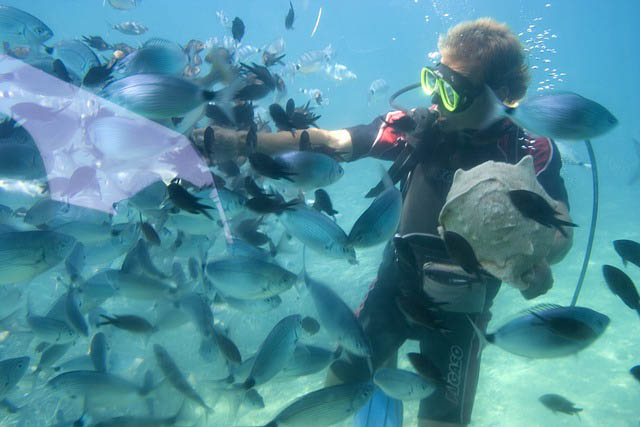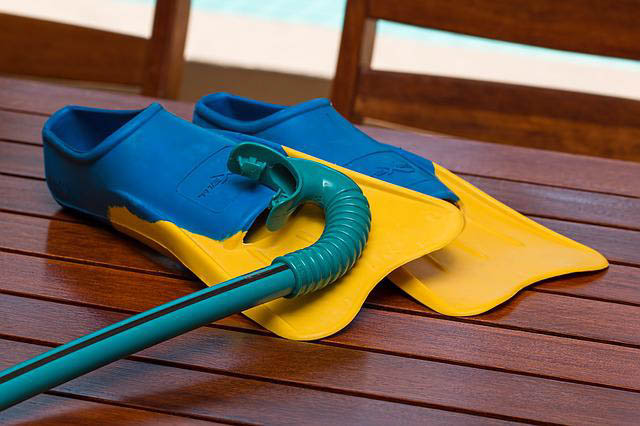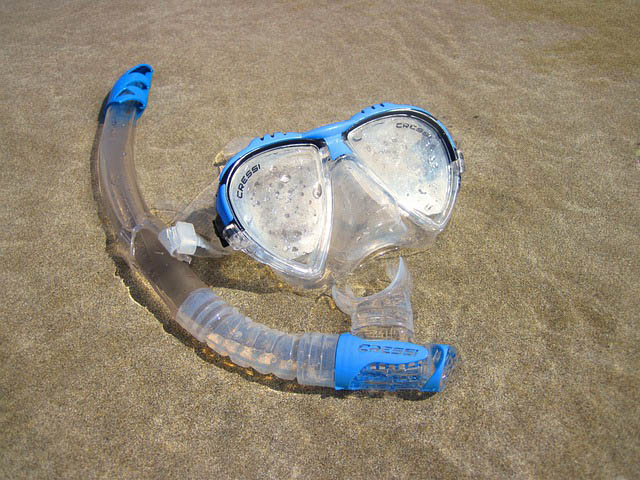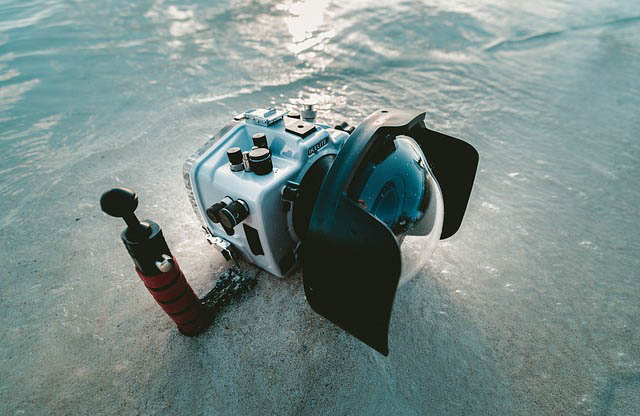A well-prepared diver is a safe diver. Part of being prepared is having the proper gear and making sure it is in good working order.
It is one of the expensive hobbies, and kitting yourself out with all the necessary gear is often a significant investment.
However, if you’re serious about taking up diving as a sport or pastime, then it’s important to make sure that you have all the right equipment and scuba accessories.
In this article, we’ll give you a comprehensive list of everything you need for your scuba dive, from the essential items to the nice-to-haves for your recreational diving or cold water diving.
This list provides a check off for the basic diving gear a diver needs for a safe dive. Of course, each dive environment is different and a diver may need additional gear to be safe and have unforgettable dive time.
Scuba Gear Recommendations for Divers of All Levels
Whether you’re a complete novice or a seasoned veteran, there are certain pieces of gear that are essential for all scuba divers no matter what the scuba gear cost.
A wet suit or a dry suit
Traveling underwater with a wetsuit or drysuit is quite uncomfortable due to its weight.
A wet suit is a garment, usually made of neoprene, which is worn by divers to insulate their bodies from the cold water. It is less expensive and easier to repair than dry suits. It provides more flexibility to the diver, since they are less constricting. They have seals at the wrists, neck, and ankles to prevent water from entering the suit.
Scuba mask
A scuba mask is an essential piece of gear because it allows you to see clearly underwater. It also protects your eyes from the salt water and keeps your face dry. A good mask will fit snugly against your face and will not leak.
It gives you the ability to equalize the pressure in your ears as you descend underwater. Without a scuba mask, diving would be difficult and uncomfortable.
Scuba fins
Scuba fins like open heel fins and full foot fins are another essential piece of gear for divers because they help you swim through the water with ease.
Open heel fins also provide additional propulsion, which can be helpful when diving in strong currents.
In addition, fins can provide protection against rocky substrates and marine life. Whether you’re a beginner or an experienced diver, a good pair of scuba fins can make a world of difference.
Snorkel
A snorkel is a tube that allows you to breathe while your face is submerged in water. Some says it is not a diving essential piece of gear but for divers it helps you to save air while swimming on the surface.
A good snorkel will be comfortable to wear and will not leak.
Regulator
A Scuba regulator is a must for any passionate scuba diver. It regulates the flow of air from the scuba tank to the diver. This is a critical piece of gear because it allows the diver to breathe normally underwater.
A good regulator will be comfortable to use and will not leak. Choose a regulator that is durable and can be used in all diving conditions.
Depth gauge
Understanding the depth of the water is critical when diving, as it helps to ensure that you do not exceed your safety limit. A depth gauge helps to take the guesswork out of diving, allowing you to focus on enjoying the experience.
In addition, a depth gauge can help to prevent dangerous situations, such as running out of air while swimming upwards. By keeping track of the depth, you can be sure to always have enough air to make it back to the surface safely.
Submersible pressure gauge (SPG)
Diving is a fun and exciting way to explore the underwater, but it is also important to remember that it is a potentially dangerous activity. One of the most important safety devices for any diver is a pressure gauge, which helps to monitor the amount of air in the tank.
A submersible pressure gauge or tank pressure is an essential piece of equipment for any serious diver, as it can help to prevent the potentially dangerous situation of running out of air while underwater.
Compass
A compass is an essential tool for divers, as it can help to navigate your way around underwater obstacles and find way back to the surface.
By tracking the position relative to the shoreline or other reference points, divers can avoid getting lost in the water and ensure that they stay within safe limits.
A compass can also be used to help plan a dive route in advance, making it easier to stay on course and avoid any dangerous areas. With so many uses, it is clear to see why a compass is an essential piece of dive equipment.
Knives and cutting devices
Diving knives are an essential piece of safety equipment for any diver. They can be used to cut away entangling seaweed or kelp, to free a trapped diver from lines or nets, and as a last resort, to defend against aggressive marine life.
In addition, dive knives can be used to make emergency repairs to gear, such as cutting a hole in a wetsuit to release trapped air. For these reasons, it is always advisable to carry a dive knife when diving, and to know how to use it safely and effectively.
Underwater Lights
Diving at night is a completely different experience than during the day. The underwater or dive light help you to see the beauty of the creatures and corals that you would not be able to see during the day. It is an unforgettable experience.
The underwater or dive lights also help the divers to communicate with each other and to see where they are going. It is always advisable to carry underwater lights when diving, and to know how to use them safely and effectively.
First Aid Kit
Any good diver knows that it is essential to have a first aid kit or dive kit on hand while diving. After all, even with the best equipment, there is always the potential for an accident.
A first aid kit can help to treat minor injuries and provides a valuable resource in the event of an emergency.
Dive kit contain items that can be used to signal for help, such as flares or a whistle. For these reasons, it is always a good idea to have a first aid kit close at hand while diving.
Surface Marker Buoy
A surface marker buoy is a floating device that is attached to the diver by a line, and it can be used to indicate the diver’s position to other members of the dive team.
The surface marker buoy can also be used to signal for help in an emergency, or to provide a visual reference for a descent or ascent line.
In addition, the surface marker buoy can be used to mark the location of an underwater object or feature.
Dive Bag
A gear bag or dive bag is an essential piece of equipment for any diver. It helps to keep all of your gear organized and in one place, making it easy to find and grab what you need when you need it.
A good dive bag will have plenty of compartments and pockets for storing all of your gear, as well as a comfortable shoulder strap or carry handle for easy transport. Whether you are a beginner or an experienced diver, a dive bag is an essential piece of kit.
Underwater Camera
Although underwater cameras are optional, it is undeniably a great idea to capture the beauty of the underwater world. It can also be used to document your diving experiences and share them with friends and family.
An underwater camera is a great way to capture the beauty and majesty of the underwater world. With an underwater camera, you can take photos and videos of fish, coral, and other marine life. The underwater camera can be used to document your diving experiences and share the underwater pictures with friends and family.
Conclusion
Scuba diving is an activity that comes with a lot of responsibility. Not only do you need to be aware of your own safety, but you also need to be aware of the safety of those around you.
One way to help ensure everyone’s safety is to have a dive gear checklist. This list should include all the essential items you need for a safe dive, as well as any optional items you may want to bring.
By having a list, you can quickly and easily check that everyone has the appropriate gear before heading out into the water. This can help to prevent any accidents or mishaps, and it can also give you peace of mind knowing that everyone is prepared for the dive ahead.
So, whether you’re a seasoned professional or a first-time diver, always remember to create a dive gear checklist before heading out on your next underwater adventure.










